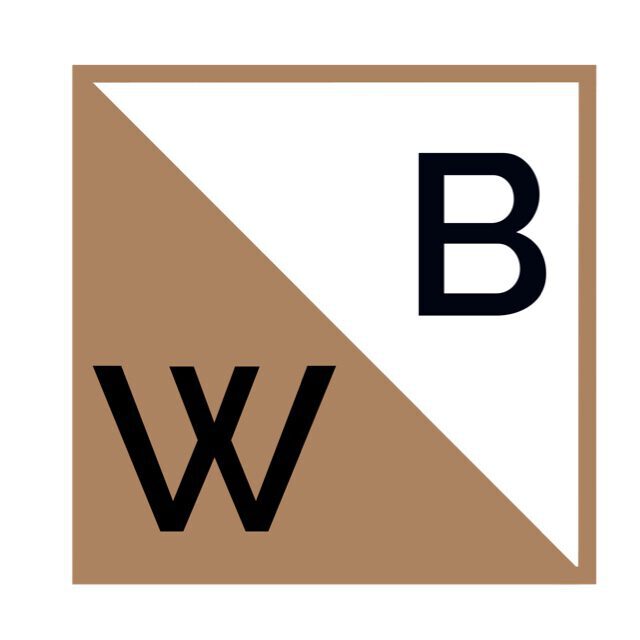3 Strategies to Plot Your Best-Selling Story
Creative writing can be hard. You can have dozens of well-thought-out, lovable and detailed characters (who you could practically kiss if they were to come to life), an overwhelming multitude of Pinterest mood boards to match their aesthetic, and even a crystal-clear idea on what the texture of the main character’s bed linen should be. But how does one plot a best-selling story to weave all of it together?
So first of all, what does the word “plot” even mean? In short, the plot is the accumulation of key events that communicate what is happening in the story. A plot is the “skeleton” plan for a creative piece of writing upon which all further details will be hung. This term relates not only to traditional writing, but is used for movie productions, video games, theatre plays, and so the list goes on. This “skeleton” consists of all the connections and complexities that make up the eventual story.
Each and every story arguably has a plot (even though sometimes a story might seem so vague that it comes across as if a coherent plot is absent altogether), and it is important that you, as a writer, understand the power of well-structured storyline plotting.
Every writer has struggled with plotting their story (which we usually like to refer to as either pre-writer’s block or my-head-is-hurting, “regular” writer’s block). So, to up your motivation and inspiration, WordBend has compiled a list of strategies to help you plot your best-selling story. Let’s go!
1. Mindmapping
As much as we writers love to nonchalantly daydream about our story world as much as we can, mapping your fleeting ideas strategically can be an incredibly effective and rewarding way of capturing your creative flow on paper. In mindmapping, you practically jot down each idea that pops up in your mind, allowing you to re-order, omit and add information to the structure as you go. A mindmap can function as a “skeleton” structure for your first draft, guiding you from one “cardinal function” (read more in our explanatory post on how to use cardinal functions to plot your best-selling story) to the next.
You can personalize your mindmap by adding as much information as you wish. Strategies such as color-coding, or designing it in a visually appealing way can help you get into a creative flow to efficiently plot your story (we promise, it’s truly a lot of fun when you are going at it!). Mindmaps can be found in all shapes, sizes and mediums.
Alongside the traditional paper mindmap, the whiteboard and chalkboard are popular options as their surfaces are erasable and hence re-usable, making the organization of your mindmap more convenient. But you can also think in the direction of a collection of small color-coded paper notes pinned to a surface, allowing easy re-organization and visualization of links within the plot. There are truly a million ways to compile a mindmap; see our article on [7 ways to mindmap your best-selling story].
We recommend making a digital mindmap through free software such as MindMaster. That way, the map will be easily accessible wherever you may be, and every entry can be conveniently re-organized and re-designed to taste with a simple click of the mouse. Most importantly, you will never ruin it by spilling late-night coffee over it (we see you, night-owls!). There is tons of free mindmapping software out there. Read The 4 Best Mindmapping Software for Organizing Your Projects for WordBend’s favorites.
2. Read, Read, Read
We all know that practice makes perfect. But we have to learn the craft somewhere, don’t we! I am not saying that you should blatantly copy another writer’s work [see our blog on authorship]. But reading other authors’ texts can help orientate different types of styles, genres, and importantly different types of diction. It is scientifically proven by scholars such as Dawna Duff et al. that reading helps expand one’s vocabulary, and helps increase the understanding of complex sentence structures which is a valuable skill for eventually writing compelling narratives.
Exposing yourself to a plethora of styles and stylistic strategies [see this post on the top 20 stylistic conventions you should be using in your writing] can help enrich your personal writing style. You can cherry-pick which stylistic systems support and fit with your story, which can help you develop your personal voice as an author. For example, look at Stephen King, who is known for his distinct and recognizable writing style.
Moreover, when you challenge yourself to read many different genres, you will find that your own plots will become more varied, crossing between genres, creating a more complex and authentic piece of writing. Even King advises on it in several interviews; read, read, read, and learn along the way!
3. Decide on a Plot Structure
A single story can be told in a million different ways. Each storyteller will employ a different story structure to bring across their version of a narrative.
But what plot structure fits best with your story? And how does a certain plot structure influence the way in which you write your story?
There are many different plot structures in existence; they are adaptable, and can even be combined to form new types of personalized structures. Knowing the basics of the most common structures can help make you more comfortable in juggling them around and using them to the advantage of your plot. Two of the most prominent and long-standing structures are the Freytag’s Pyramid and its descendant, the Fichtean Curve. Despite their intimidating names, the structures are surprisingly simple.
I suspect that many of you have already heard of Freytag’s Pyramid structure in school. But for those who are not familiar with it yet, let’s dive into this notably foundational structure. Freytag’s structure can be used as an umbrella strategy as well as an arc-specific strategy. Its basic plot diagram effectively addresses the key components of a narrative, albeit in the most simple and global form.
The Pyramid consists of five parts, encompassing an exposition (we are “exposed” to the characters and situation), the rising action (the story unfold and tension builds), the climax (the tension peaks), the falling action (the tension eases), and finally the resolution (the story is wrapped up). This strategy also works wonders for story acs, as most plots feature various storylines and subplots. By itself, each story arc usually features the Freytag stages [also see this blog on solid arcs and plot-to-arcs organizing].
Whereas current narratives are structured in a more compact manner, as modern readers are found to have significantly shorter attention spans, the Freytag’s Pyramid showcases the important individual components that can often be found in best-selling writing and story arcs. Importantly, by subdividing the plot into individual arcs which follow the Freytag’s structure, the overall diagram of a plot becomes more spicy.

Hence, the invention of the Fichtean Curve. The Fichtean Curve is a descendant of the Freytag’s structure and features a more varied rising action, and a more abrupt and compact falling action. This would be a more effective plot structure for modern audiences as there are more tension peaks to hold their attention, working up to the crescendo of the climax.

There are countless more plot structures such as the Hero’s Journey, the Snowflake Method, and in Medias Res to explore when attempting to write your best-selling story, which you can find about more in [5 plot structures to create your best-selling story].
All in all, organizing your plot and arcs can help prevent infuriating plot holes, unintended open endings. Importantly, it can help with mapping out and organizing several (sub-)plots efficiently in order to keep track of the story’s logic and progress in relation to its chosen structure or length. Using a fleshed out, extensive plot outline can be a great benefit when you are seeking to write a story at a consistent pace as you can choose to link your outline to your writing schedule.
And remember, you can’t edit an empty page – Happy WordBending!
-the WordBend team




